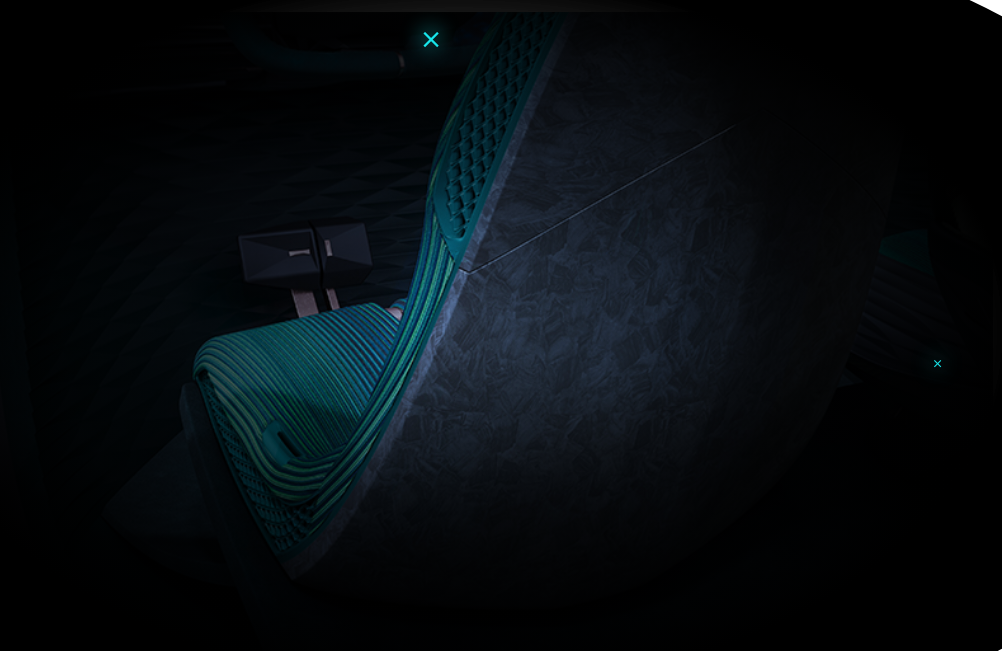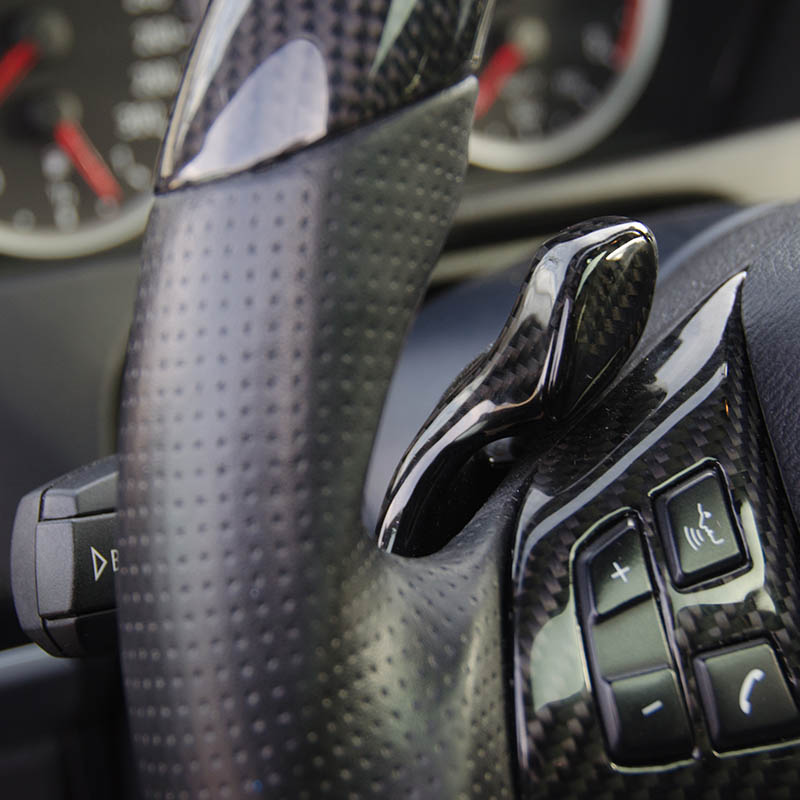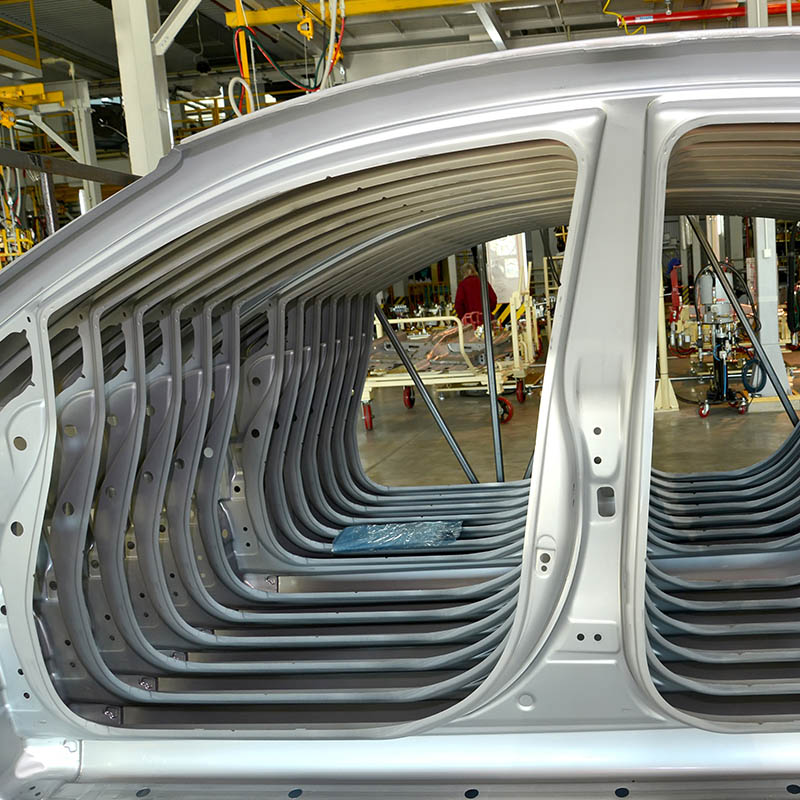
Lightweight materials are being increasingly deployed in vehicle structures as car manufacturers lighten cars and yet preserve structural performance. Innovations in Multi- material structures will continue to be key strategies to meet stringent Fuel economy standards and EV range objectives.
Xitadel has the expertise to model Lightweight-material structures such as Failure and Damage models and accurately simulate the complexities associated with post-Manufacturing and post- Assembly variations in properties for Advanced High-strength Steels (AHSS), Ultra High-strength steels (UHSS), Aluminum alloys, Magnesium alloys and Composite materials including carbon fiber composition.

Xitadel applies advanced Simulation techniques to the engineering of Lightweight structures to achieve Crash, NVH, Durability and Vehicle Dynamics requirements.
This entails creating specialized material and failure models, accommodating altered properties following Manufacturing and Assembly, such as directional properties of extruded components, thinning and post-stamping properties of metal stampings, the modeling of Heat Affected Zones (HAZ) in Spot welds, etc.

Innovations in Multi-material structures continue to be the key drivers to meet stringent Fuel economy standards and EV range objectives. Multi-material structures combine traditional Low carbon steels, Advanced High-strength Steels (AHSS), Ultra High-strength steels (UHSS), Aluminum alloys, Magnesium alloys and Composite materials including carbon fiber composition.
Xitadel uses advanced analysis techniques to optimize structures by selecting the “best” mix of Multi-material structure for optimal strength and weight.

Lightweight and high strength make composite structures attractive to the automobile industry as it seeks to lighten vehicles and improve the fuel economy of conventional vehicles and the range of EVs. The benefits of composite structures also relates to consolidation of parts, and the ability to form complex shapes. It also allows for design flexibility and directional strength. However, the virtual modeling of composite materials, directional property assessment, stacking, de-bonding & failure of composites and its validation with test results are some of the problems faced by Industry today.
Xitadel’s expertise in composite structures include advanced simulation techniques for Materials Characterization, Testing, Multi-level modeling, Delamination & Failure prediction and Safety assessment as per regulatory requirements.
As a trusted partner, you can depend on Xitadel to provide outstanding value to your organization in all areas of World Class Technology, Expertise and Consulting.